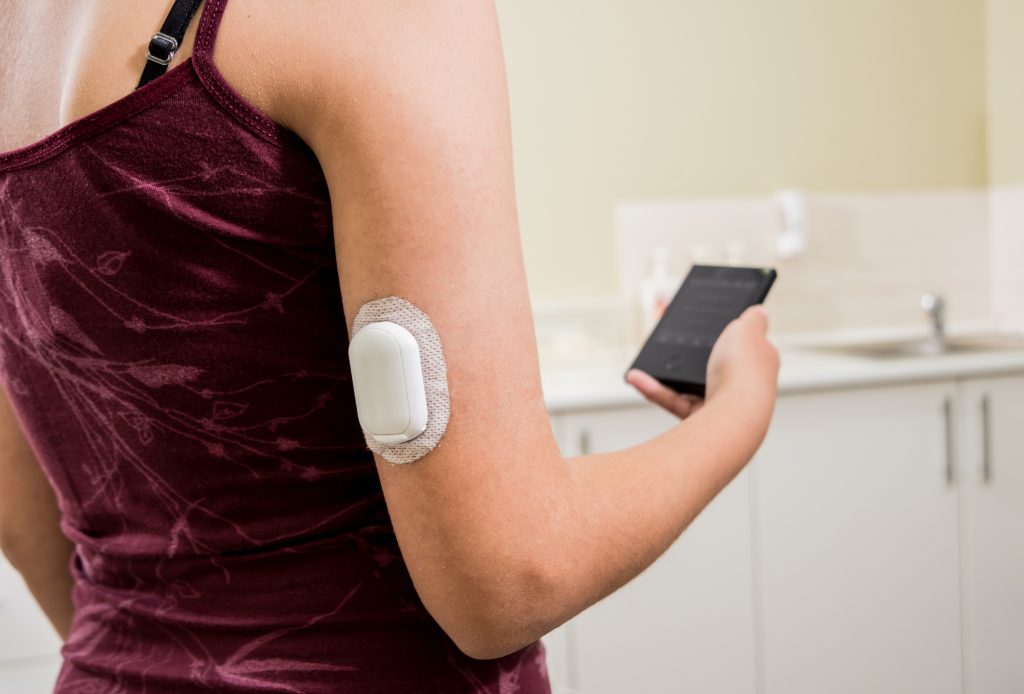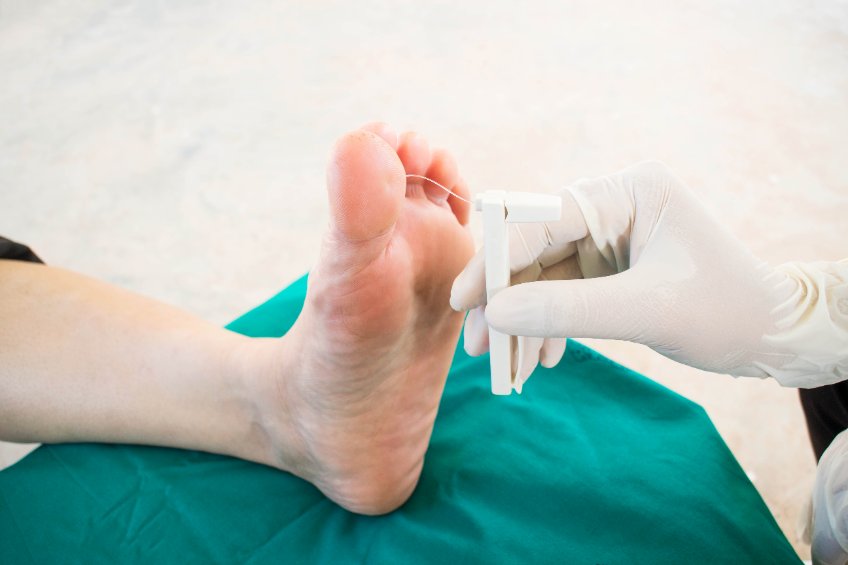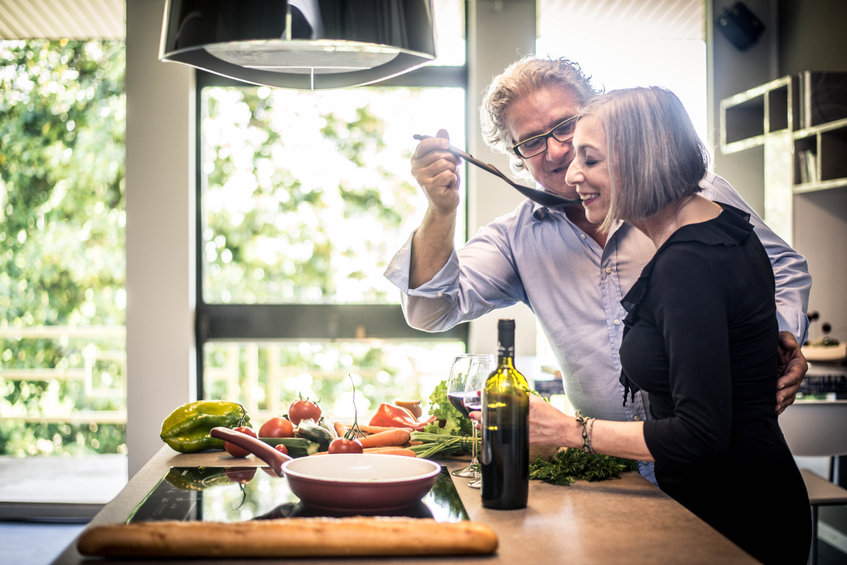Why is Diabetes So Terrible?

Diabetes affects over 10% of the U.S. population. Between type 1 and type 2 diabetes, an estimated 34.2 million people are affected by diabetes. Type 1 diabetes affects 8% of people with diabetes, while type 2 affects 90% of people with diabetes.
Type 1 is normally diagnosed when people are younger and their bodies don’t produce adequate insulin. Type 2 is most often diagnosed in adults and occurs when your body doesn’t make enough insulin or the insulin your body does make does not work. With type 1 diabetes, the symptoms appear faster and are more severe. While the symptoms of type 2 diabetes can be overlooked since they appear more slowly.

Type 1 Diabetes
We do not know exactly what causes type 1 diabetes, but unlike type 2, it is assumed that it cannot be caused by lifestyle choices. The average age of diagnosis for type 1 diabetes is 13 years old. However, anyone can be diagnosed at any age.
Type 1 diabetes is a chronic condition, where the pancreas stops producing insulin. Insulin is a hormone our bodies produce that regulates blood glucose (sugar) levels. Glucose is an important energy source for the cells that make up muscles and tissues. An excess of glucose in your system leads to severe health issues.
Type 1 diabetes can eventually end up affecting other major organs. The other organs include the heart, blood vessels, nerves, eyes, and kidneys.

Type 2 Diabetes
Unlike type 1 diabetes, type 2 diabetes is caused by a number of different factors. These include family history, diet, age, low-grade chronic inflammation exposure, and long-term stress. Fundamentally, the cause for diabetes is severe insulin resistance.
Luckily, there are things you can do that can reduce your risk of developing type 2 diabetes, such as to make healthy lifestyle choices and to engage in regular physical activity. Both of these decisions can reduce your exposure to hyperglycemia and enhance the effectiveness of insulin.
The average age of people who are diagnosed with type 2 diabetes is over 45. However, children and teens can also develop type 2 diabetes. Indeed, childhood obesity and diabetes is becoming almost normal.
With type 2 diabetes cells do not respond to insulin, also called insulin resistance. The pancreas ends up going into overdrive and making too much insulin as its effectiveness drops. Eventually, the pancreas ‘burns out’ and this leaves one insulin-dependent. Without taking exogenous insulin, normal food intake will cause blood glucose levels to spike. This is dangerous and can cause damage to other parts of the body.

Diabetic Neuropathy
Diabetic neuropathy is when nerve damage is caused by diabetes, most often affecting the legs and feet. All nerves in the body are affected of course. But the ends of the longest nerves are often the most symptomatic.
One of the dangers of diabetic neuropathy is that you may not even be aware of the issue until a decent amount of damage has occurred. The four different types of neuropathy are peripheral, autonomic, proximal, and mononeuropathy.
Peripheral is the most common type, which affects the feet and legs and potentially the arms and hands. Signs of neuropathy are numbness, tingling, sharp pains, muscle weakness, extreme sensitivity, ulcers, infections, and damage to bones and joints.

Living with Diabetes
While there is currently no cure for diabetes, there are lifestyle choices you can make to manage it. That said, many who lose weight and control the amount of sugar they eat are often successful in reversing diabetes.
With type 1 diabetes, the most important thing is taking insulin, which controls your blood glucose levels. You also have to pay close attention to how many carbs you eat to make sure it is the correct amount for how much insulin you have injected into your body.
It is common with type 2 diabetes to be prescribed medicine to help manage as well, this can be insulin, other injections, or tablets.
Both type 2 and type 1 diabetes can best be managed with healthy eating and regular activity, along with prescribed medications. A healthy and active life can help reduce the risk of diabetes-related complications. Simply taking a pill or an injection will never be as effective as changing your life to a healthy and positive one.





